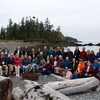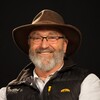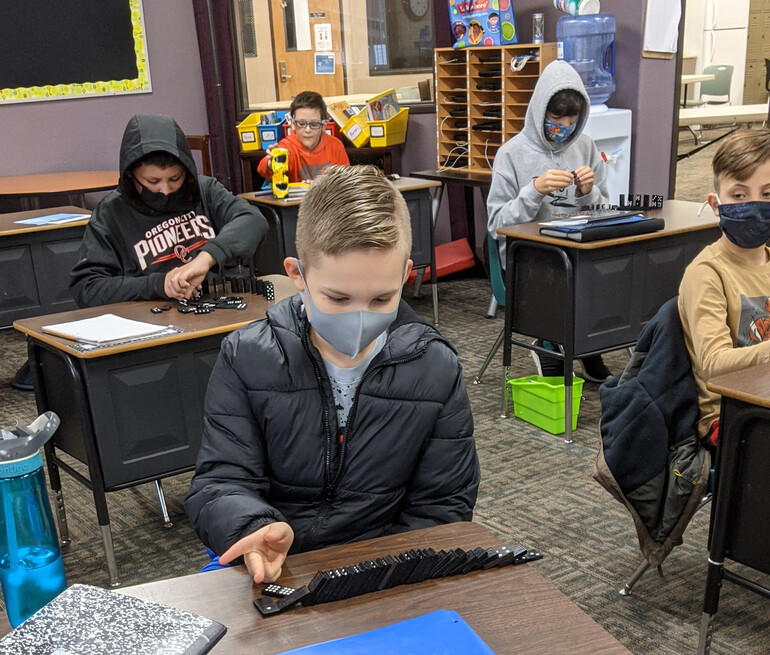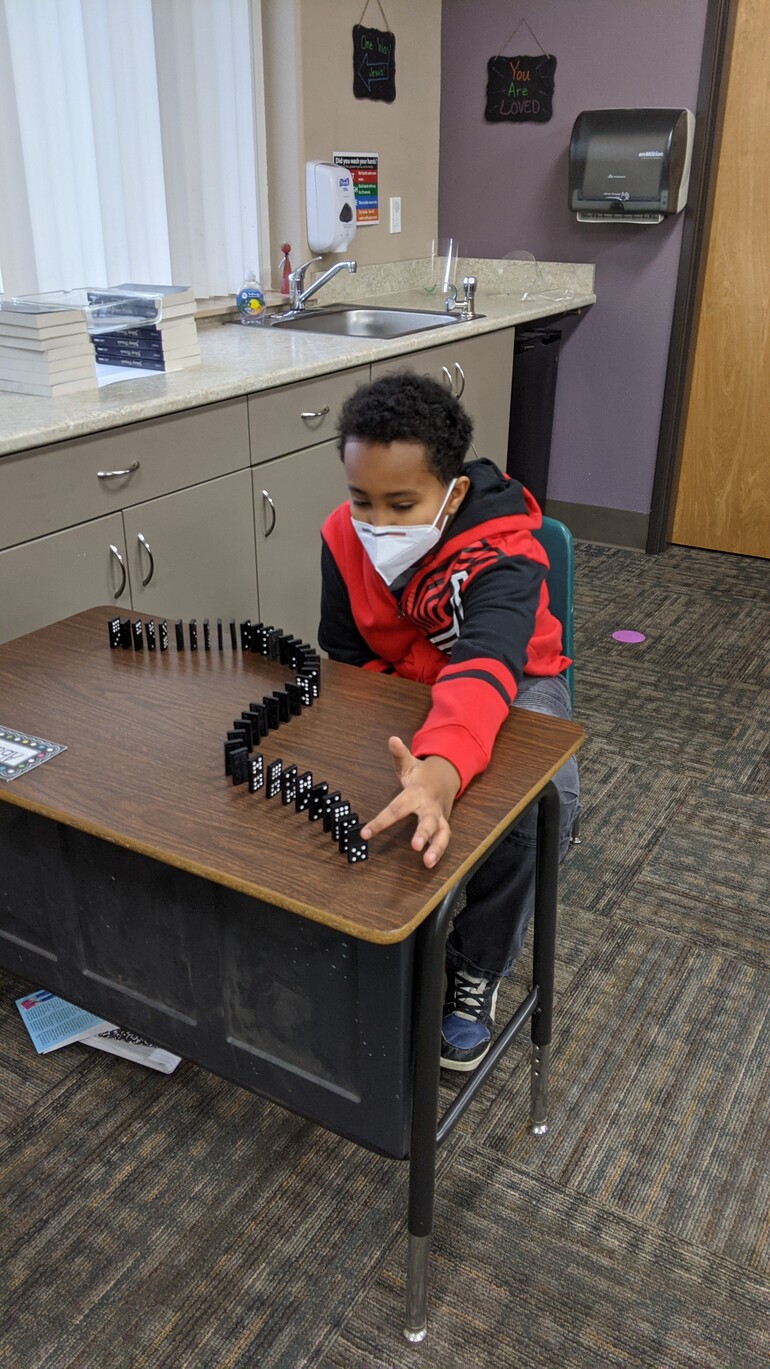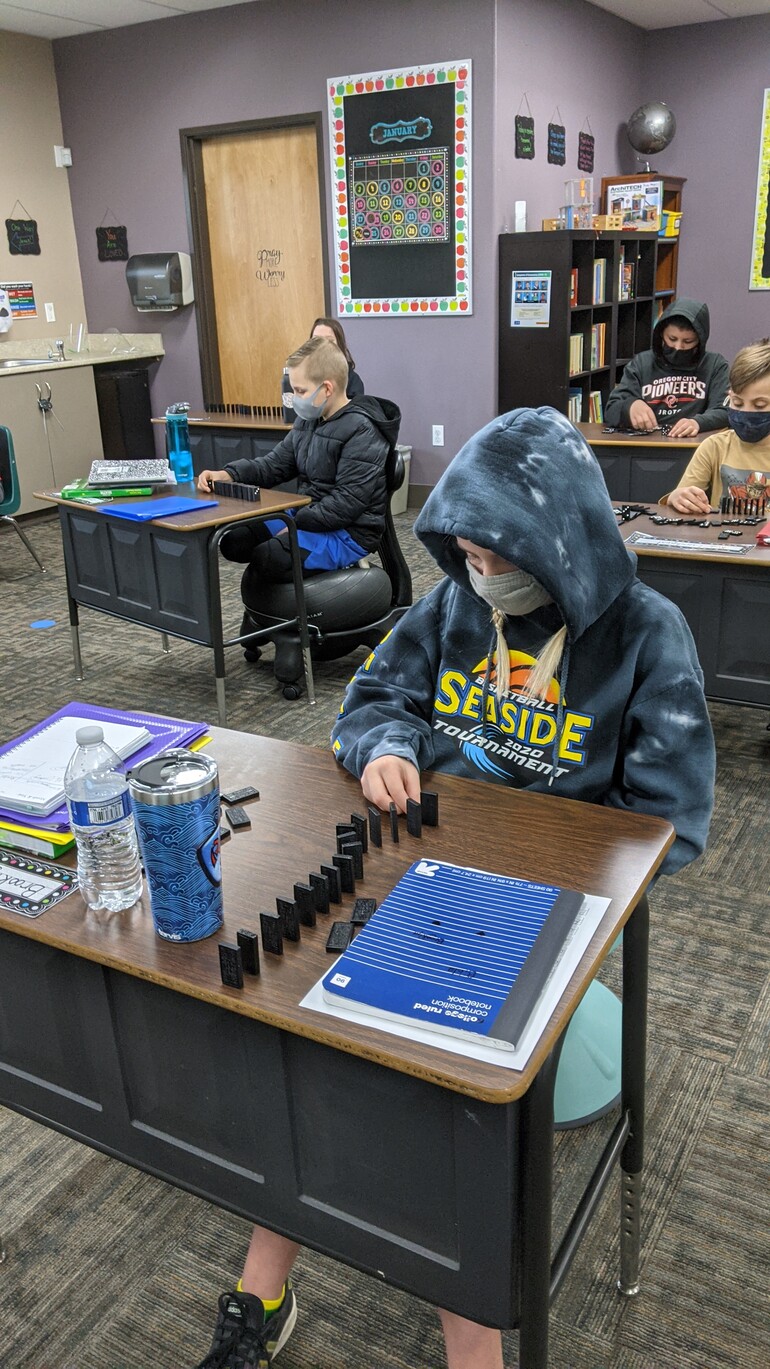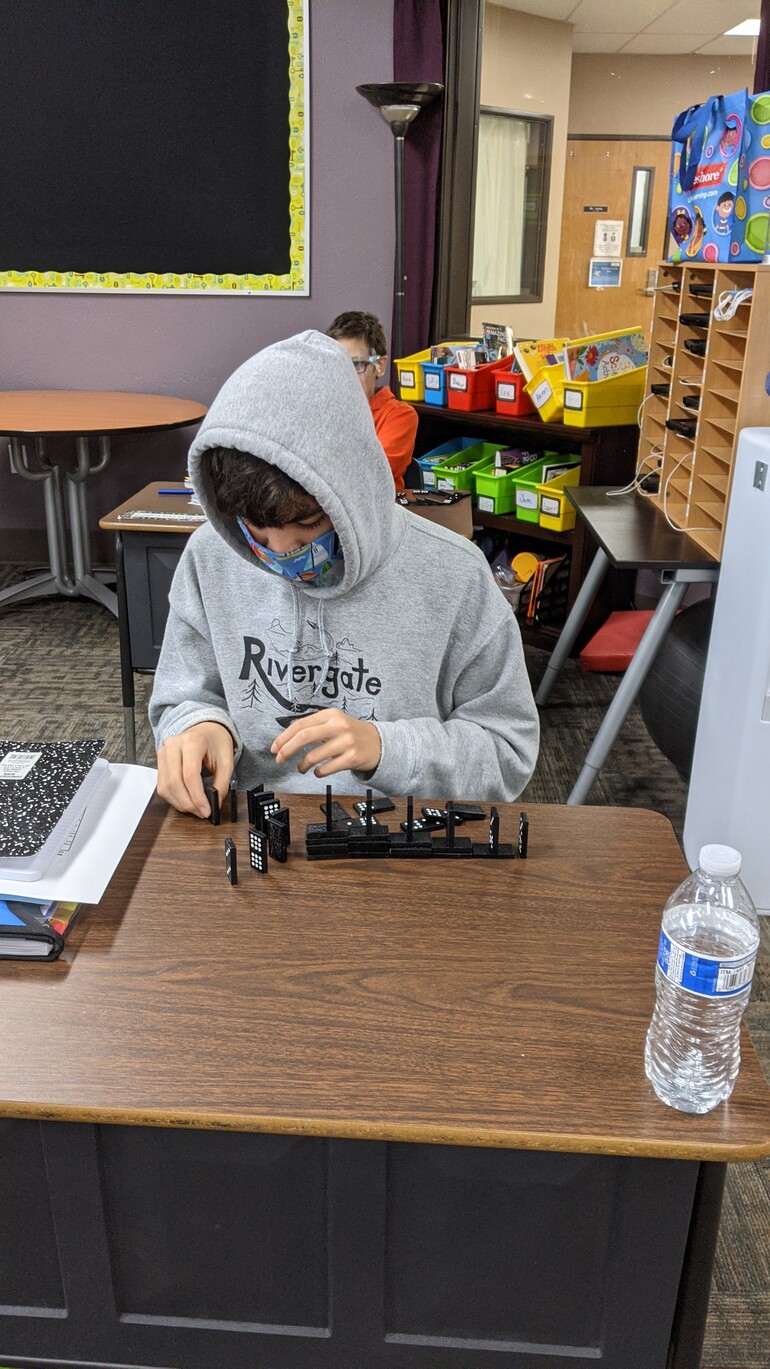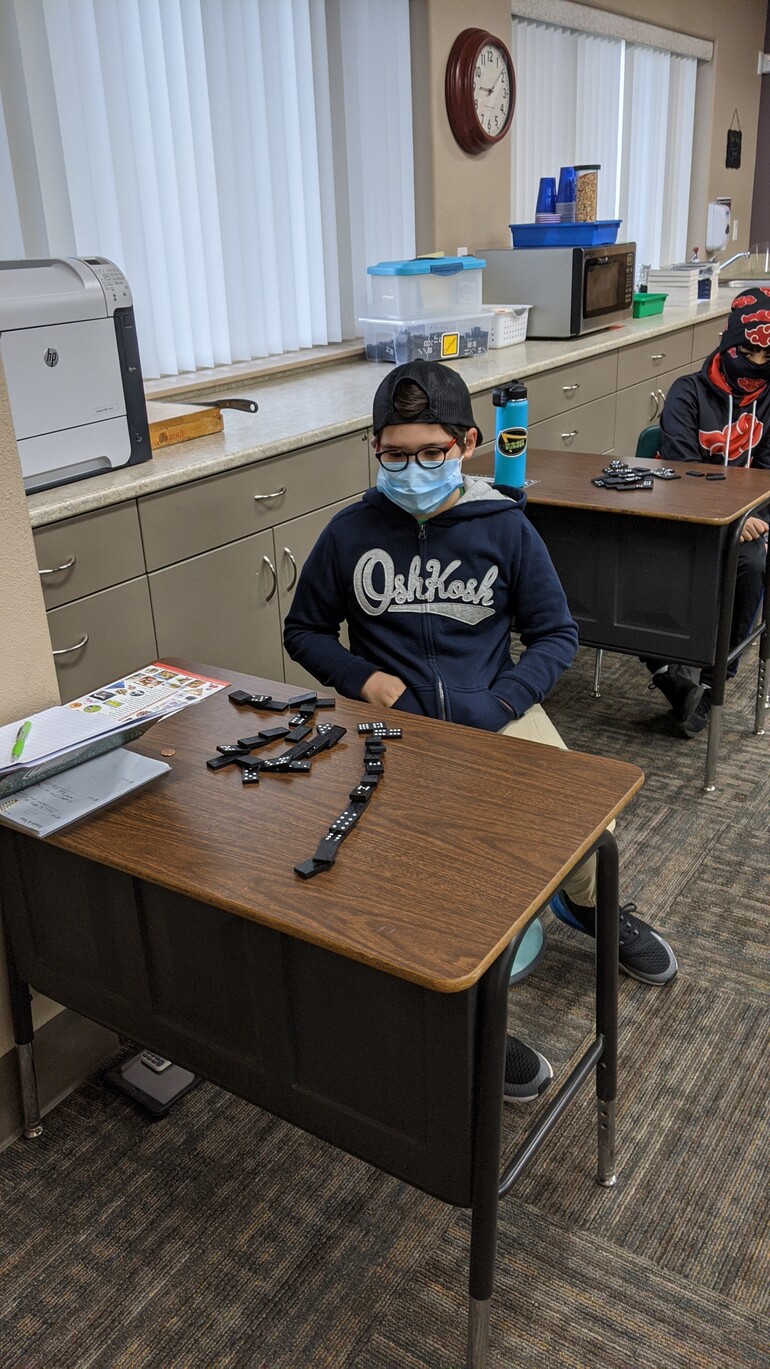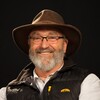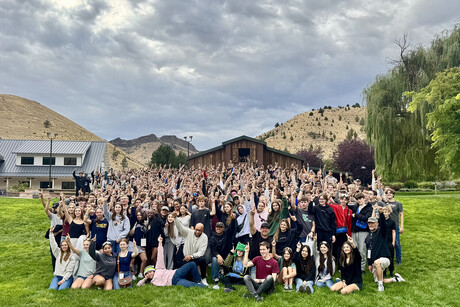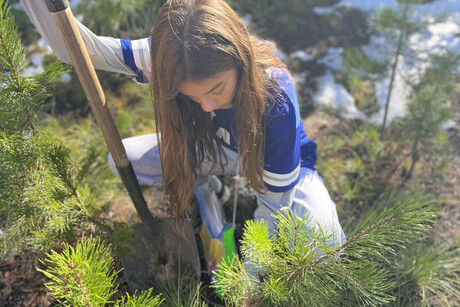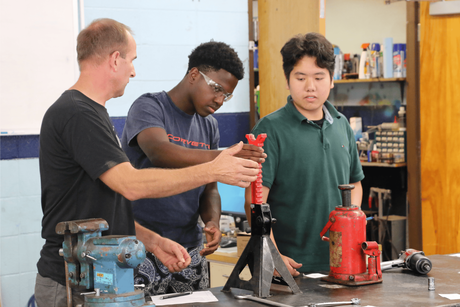By the end of January 2021, all 32 Oregon Conference schools will be meeting in person. “It’s not been easy,” says Gale Crosby, Oregon Conference vice president for education, “but God’s been leading us through the challenges every day.”
The conference has four schools in Washington state and 28 in Oregon. Each state has different guidelines for operating schools during the COVID-19 pandemic. Washington has allowed in-person education, but Oregon has chosen much more stringent regulations. Both states require weekly reports confirming that guidelines are being followed and students are healthy.
“We want our students to know that COVID is real and that we care about their health. We also want them to see that we honor our government leaders and that we’re cooperating with them fully,” says Crosby. “They’re trying to guide us the best they can, and we’re trying to follow them closely. That means extensive training for our teachers and administrators and lengthy reports every week. But, you know, we’re doing well through it all.”
When Kate Brown, Oregon governor, changed the guidelines to allow schools to meet fully in-person just two days before Christmas, school leaders called it "Our Christmas Miracle.”
Along with our educators in the field, the conference education team has worried that, the longer the pandemic continues, the greater the risk to the mental health of our students. It’s not been easy for students to stay focused and learn math, science, language, Bible and physical education on a computer. Add to that the lack of social interaction so important to a child’s development, and it’s clear to see why being back in a classroom will make a world of difference for each of the kids — and for their teachers.
Doing school at home has been tough for many kids. Some have checked out, retreating into their rooms and ignoring school. Some reports indicate that some primary school students have become so discouraged they’ve ended up in emergency rooms for health-related issues. Yet, dealing with the hard challenges has brought out the best in our students and school leaders. This appears in what the kids write, in the pictures they draw and in the creative ways they reach out to help each other. We’re seeing some very strong leaders develop this year.
“It’ll be good to be back,” says Crosby, “but it’s taken a lot of work to get the schools ready so students and their teachers can return safely.”
There are some pretty strict rules for physical distancing in the school environment — desks moved apart, safety shields installed, schedules adjusted and safety practices clarified. The process requires hours of video conferencing each week — for teacher to connect in meaningful ways with their students and for the conference office education team to facilitate the ongoing learning process at our schools.
“We talk a lot, checking on the government rules and finding better ways to comply. At first that seemed like it would be a lot of hard work,” says Crosby, “but instead it has become like a family worship time that has brought us all together. In fact, we’re passing the responsibilities for worship around each meeting, and now worship is the most important part of our gatherings. It’s where we focus on God’s blessings and claim Him as our leader. These times are developing strong spiritual bonds within our team. It’s been life-changing and fun. Best of all, we’ll now be back together in classrooms in person — a school family in the same place, together once more. God is so good!”

